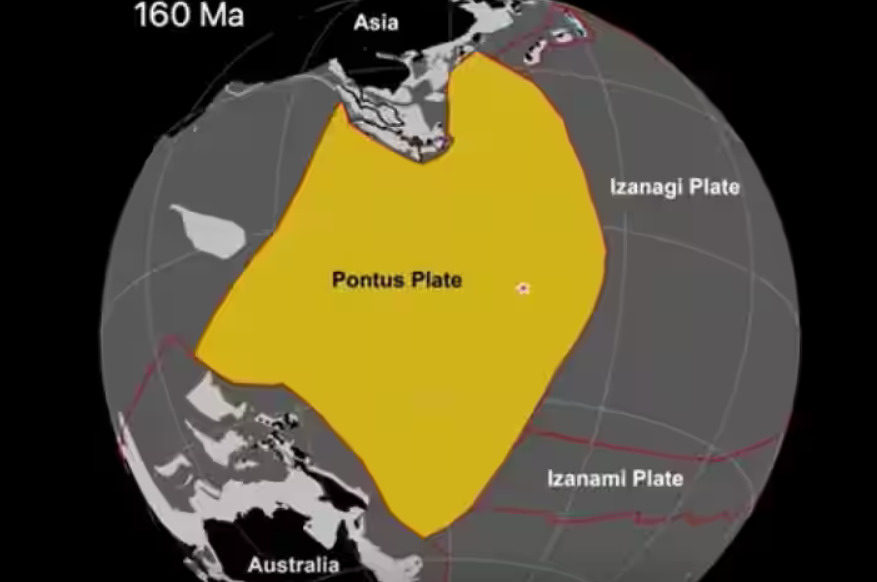Pontus Plate’s Resurgence
In a remarkable scientific revelation, researchers have unearthed the remnants of an ancient tectonic plate in Southeast Asia that had vanished from the geological records for over 20 million years. Dubbed the “Pontus plate,” fragments of this long-lost crust were located in the South China Sea near Borneo island, shedding light on Earth’s intricate geological history.
Pontus Plate: A Gigantic Puzzling Piece
The Pontus plate, believed to have been approximately 15 million square miles in size, once covered an area equivalent to about one-quarter of the Pacific Ocean. Its origins trace back to the prehistoric supercontinent Pangaea, forming a crucial part of the Earth’s crust before eventually succumbing to subduction beneath the planet’s surface over millions of years. Scientists theorize that this subduction was driven by gravitational forces exerted by a neighboring tectonic plate.
A Historical Name
During its existence, the Pontus plate resided beneath an ocean known as the Pontus Ocean, hence its christened name. This discovery is an extraordinary glimpse into the planet’s geological past.
Piecing Together the Puzzle
To reconstruct the lost Pontus plate, researchers combined field research with extensive investigations spanning regions like Japan, Borneo, the Philippines, New Guinea, and New Zealand Mountain belts. These areas were identified as the “most complicated plate tectonic region.”
Additionally, remnants of the Pontus plate were also discovered in Palawan, an island in the Western Philippines, and in the South China Sea. This extensive exploration paints a picture of a single coherent plate tectonic system stretching from southern Japan to New Zealand. Remarkably, scientists speculate that this system has persisted for at least 150 million years, offering a deeper understanding of Earth’s geological evolution.
Month: Current Affairs - October, 2023
Category: Science & Technology Current Affairs






